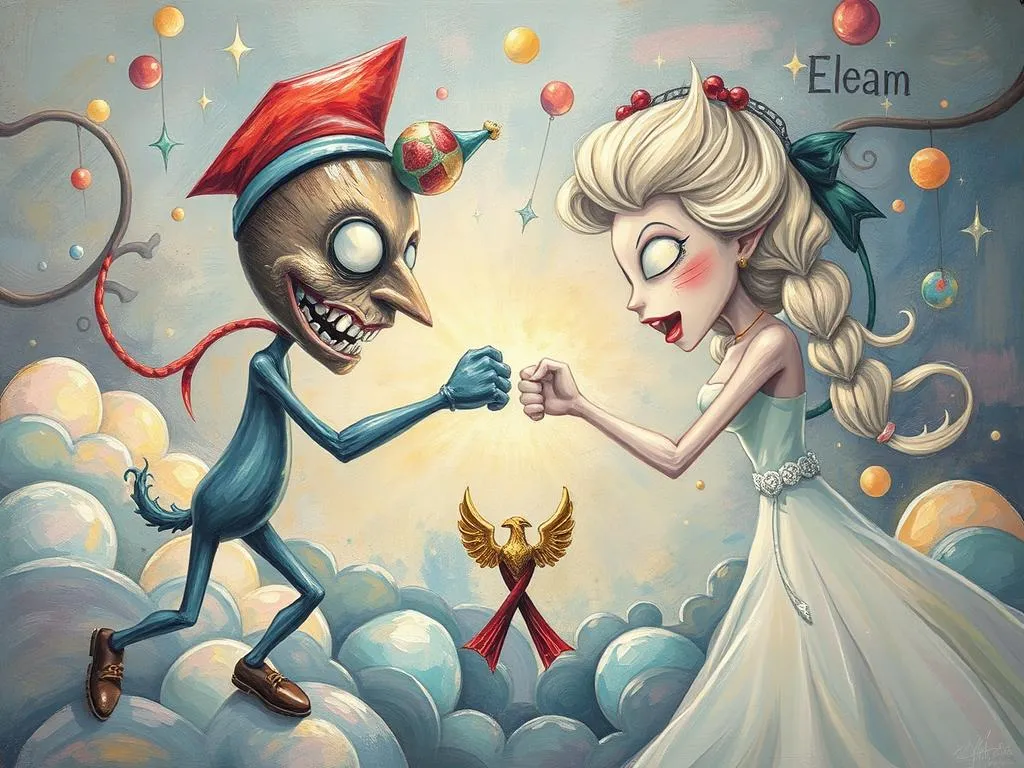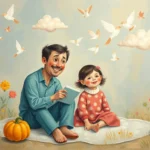
Dreams have fascinated humanity for centuries, serving as a mysterious gateway to our subconscious. Among the various themes that emerge in dreams, the symbolism of scars and conflict, often represented through figures like Elsa from Frozen, resonates deeply with many individuals. The intrigue surrounding such dreams lies in their ability to reveal underlying emotions, unresolved conflicts, and the personal narratives we carry within us. This article delves into the profound meaning behind dreams involving scars and confrontations with characters like Elsa, unpacking the layers of meaning and personal significance that these dreams harbor.
Symbolism and Meaning
At the heart of dreams featuring scars is the idea of wounding. Scars symbolize past injuries—both physical and emotional—that have left a mark on our psyche. They are reminders of experiences that have shaped who we are, often representing resilience and the process of healing. In dreams, a scar can signify unresolved trauma or feelings of vulnerability. It prompts the dreamer to reflect on their past and acknowledge the impact of these experiences on their current state of mind.
Elsa, a character known for her struggles with identity and emotional control, adds another layer of complexity to the dream. In many interpretations, she represents repressed emotions and the fear of losing control. A brawl featuring Elsa can symbolize an internal struggle, perhaps indicating that the dreamer is grappling with their emotions or self-identity. The confrontation may also reflect a battle between the desire for freedom and the constraints imposed by societal expectations or personal fears.
In this context, the dream could be urging the individual to confront their own scars—those hidden wounds that affect their emotional well-being. It invites the dreamer to acknowledge the tension between their true self and the persona they present to the world. The brawl with Elsa may signify a confrontation with these deeper feelings, prompting a journey toward self-acceptance and healing.
Key Scenarios and Variations
Dreams can take on countless forms, and variations in scenarios can significantly alter their interpretations. For instance, if the dreamer finds themselves healing a scar in the presence of Elsa, this could symbolize a positive shift in their emotional landscape. It may suggest that the individual is beginning to process past traumas and move toward healing. The presence of Elsa in this scenario may indicate support from one’s inner self, guiding the dreamer through this emotional journey.
Conversely, if the dream depicts a violent fight with Elsa, it may serve as a warning sign of inner turmoil. This could suggest that the dreamer is in conflict with their emotions or struggling to manage their personal issues. The intensity of the brawl might reflect the urgency of addressing these feelings before they escalate into more significant problems in waking life.
Another variation could involve escaping from the brawl. In this scenario, the dreamer might feel overwhelmed and choose to flee rather than confront their emotions. This could indicate a tendency to avoid conflict or suppress feelings, a common response to trauma or stress. The act of escaping may highlight a need for the dreamer to face their issues head-on rather than running away from them.
Additionally, if the dreamer witnesses the brawl from a distance, it may reflect feelings of powerlessness or detachment from their emotional experiences. This perspective might indicate that the individual is observing their struggles rather than engaging with them, which can be a sign of emotional disconnection or avoidance.
These variations illustrate how context can shift the interpretation of dreams involving scars and conflicts with figures like Elsa. Each scenario invites the dreamer to reflect on their emotional state and consider how these themes manifest in their waking life.
Real-Life Connections and Takeaways
Understanding the symbolism behind dreams can lead to profound self-discovery and personal growth. Individuals who experience dreams of scars and brawls with Elsa are encouraged to connect these themes to their real-life situations. The dream serves as a powerful reminder to confront unresolved issues and acknowledge the emotional scars that may be influencing their behavior and relationships.
To facilitate this process, one practical approach is to engage in self-reflection. Journaling about the dream can be an effective tool. Dreamers can write down their feelings, the specific details of the dream, and any insights that arise during reflection. This practice can help uncover patterns and connections in their waking life, guiding them toward healing and resolution.
Additionally, seeking support from a therapist or counselor can be beneficial. Professionals trained in dream analysis can provide valuable insights and assist in navigating the emotional challenges reflected in these dreams. They can offer guidance on how to address past traumas and foster emotional resilience.
Embracing creative outlets can also serve as a form of therapy. Whether through art, writing, or performing, expressing emotions creatively can facilitate healing. The dream can inspire individuals to transform their pain into something meaningful, allowing them to reclaim their narrative and embrace their scars as symbols of growth.
Ultimately, these dreams encourage individuals to confront their fears and insecurities, prompting them to embark on a journey of self-discovery and healing. The scars we carry are not just reminders of what we have endured; they are also testaments to our strength and resilience. The brawl with Elsa serves as a call to action, urging dreamers to engage with their emotions, embrace their true selves, and embark on a path towards healing and self-acceptance.
In the end, dreams involving scars and confrontations with characters like Elsa provide an opportunity for introspection and personal growth. They remind us of the importance of acknowledging our pain and seeking healing, ultimately guiding us toward a more authentic and fulfilling life. As you reflect on your own dreams, consider the lessons they may hold and how they can inform your journey towards self-understanding and emotional well-being.







